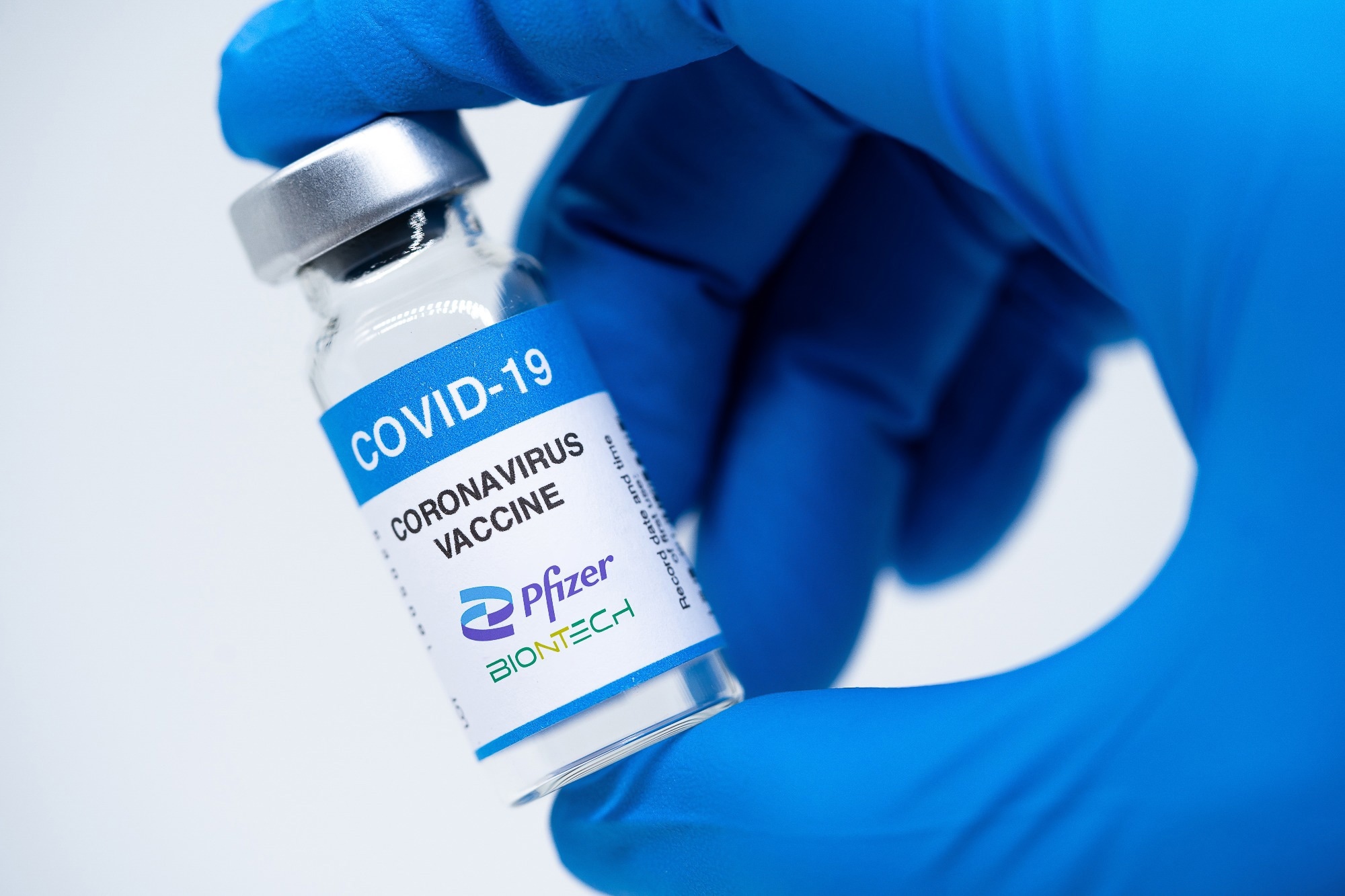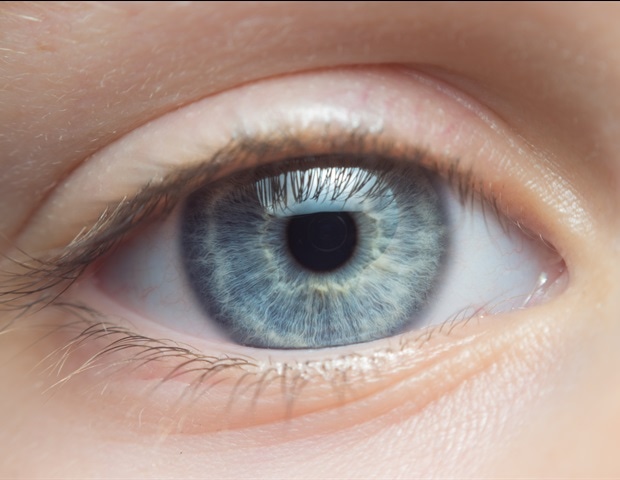A recent study published in the Nature Communications Journal identified correlates of protection (COP) in 607 healthy individuals who have received three doses of Pfizer- BNT162b2 vaccine against coronavirus disease 2019 (COVID-19) variants.
Study: Correlates of protection for booster doses of the SARS-CoV-2 vaccine BNT162b2. Image Credit: MarcoLazzarini/Shutterstock.com
Background
COVID-19, caused by severe acute respiratory syndrome-coronavirus-2 (SARS-CoV-2), led to a global pandemic that lasted nearly three years. Rapid vaccine development has helped reduce infectivity and hospitalizations, but the duration of protection and the required bolstering schedule remains unknown.
The Pfizer-BioNTech mRNA vaccine was approved in Israel to combat the Delta variant and waning antibody responses.
The Israeli Ministry of Health recommended the fourth dose of the Pfizer vaccine for immunocompromised groups and healthcare professionals, with epidemiological studies showing its efficacy in reducing infection rates. COPs are immune markers that predict vaccine efficacy.
The present study revealed multiple protective correlates, including IgG and IgA immune markers, which can identify individuals with low baseline SARS-CoV-2 immune history who are at high risk for infection despite responding to a supplemental dose.
About the study
The study involved a Clalit HCP Booster research prospective cohort trial investigating SARS-CoV-2 risk and serological profiles in 639 healthcare providers aged 18 and older from four Israeli medical facilities.
The primary vaccine series consisted of two doses and a third dose six months later, given at least three months before enrollment. Nineteen participants with past SARS-CoV-2 infection or a three-month history of chemotherapy or immunosuppression were excluded.
Immunogenicity testing was conducted on 74 subjects with the lowest and highest antibodies. The Cox proportional hazards model assessed infection risk and vaccination efficacy (VE).
A Poisson regression adjusted to the same variables and the daily proportion of positive PCR tests was used for a sensitivity analysis. The researchers used recombinant SARS-CoV-2 proteins for enzyme-linked immunoassay (ELISA) antibody detection and analyzed the results in a pandas data frame using Python scripts. Using Fisher’s exact test, t-tests were performed to compare continuous variables and chi-square tests for categorical data.
Results
The results showed that the low-response group showed a significantly higher infection rate among third- and fourth-dose recipients compared to the high-response group. The team examined the relationships between the five baseline markers in pairwise combinations, including IgG and IgA.
Because the differences in infection rates between the groups with a low and high baseline were more substantial than those seen with single indicators, the researchers decided to investigate the possibility that IgA and IgG antibodies could prevent symptomatic SARS-CoV-2 infection.
In the first trial to report COPs for the Pfizer vaccine booster doses and against Omicron B.A1, neutralizing antibody titers indicated protection against Omicron B.A127 after two doses of the Pfizer-BioNTech vaccine. In addition, these titers predicted protection against Omicron B.A1.
Interestingly, 65% of the subjects showed a substantial increase at day 30, showing that they could develop an appropriate immune response after receiving a fourth booster dosage. After receiving the fourth dose of the vaccine, participants’ IgG, IgA, and neutralizing antibody titers showed a significant spike in infectious viral and pseudovirus tests.
People who only received three doses of the Pfizer-BioNTech vaccine experienced a substantial decline in antibody responses throughout the first 30 days of the experiment.
Previous research indicated that the second Pfizer-BioNTech vaccine injection was associated with lower binding and neutralizing titers levels in the blood up to six months later. IgG antibodies show a greater degree of decrease compared to IgA antibodies.
Additionally, a large number of asymptomatic SARS-CoV-2 infections as well as COPs for symptomatic infections, were observed by the team.
Conclusion
To summarize the findings, combining IgA and IgG baseline antibody levels against SARS-CoV-2 VOCs protects against symptomatic infection.
A subpopulation of healthy adults with low baseline IgA and IgG levels is at increased risk for SARS-CoV-2 infection despite receiving three or four doses of the Pfizer-BioNTech vaccine.
The findings also showed that these individuals could mount neutralizing antibody titers after an additional booster shot, suggesting functional differences between these groups, such as Fc effector functions and antibody waning dynamics.
Further research is needed to determine if this subpopulation is at higher risk for severe disease and if it spreads infection more readily.








